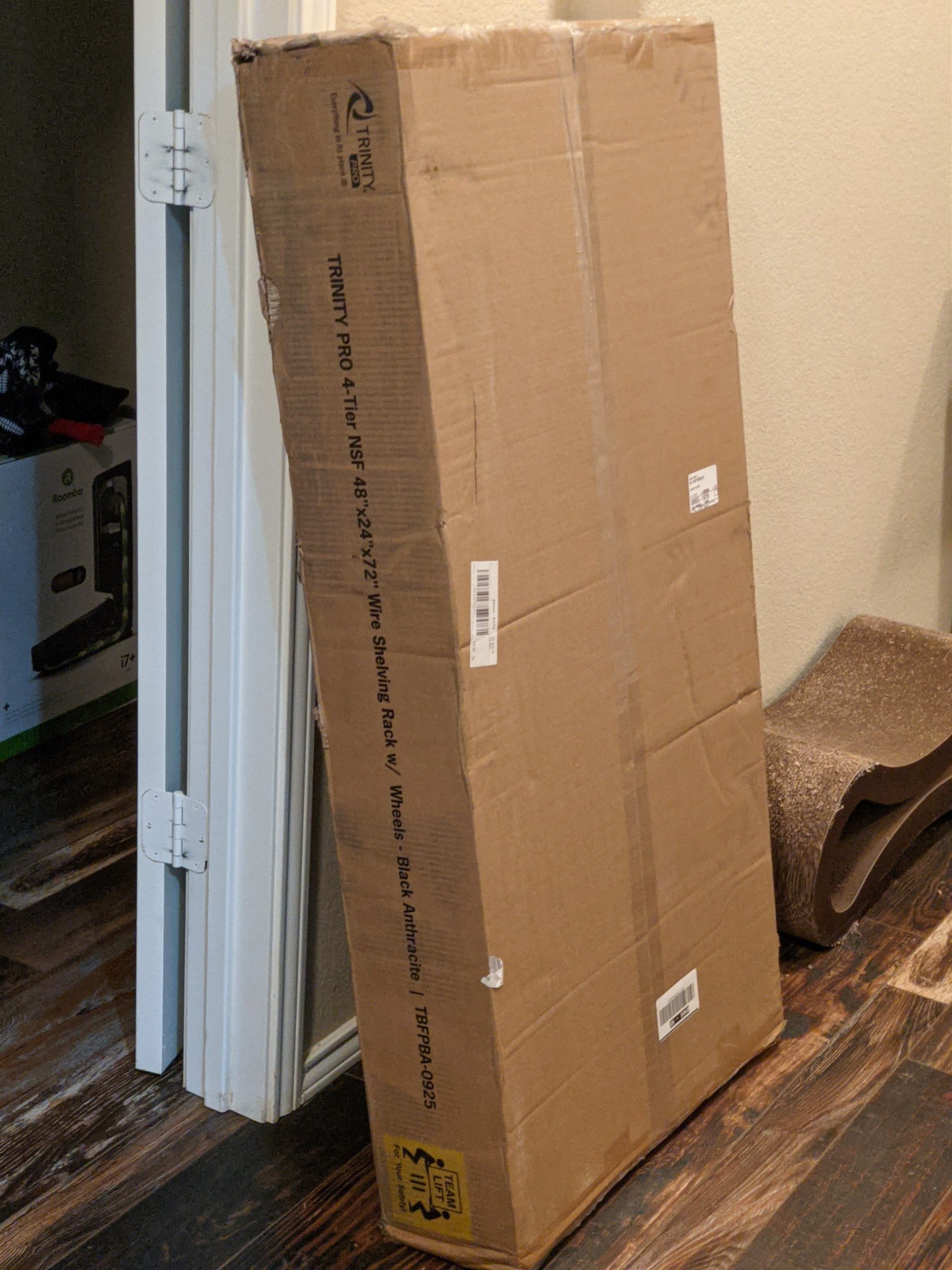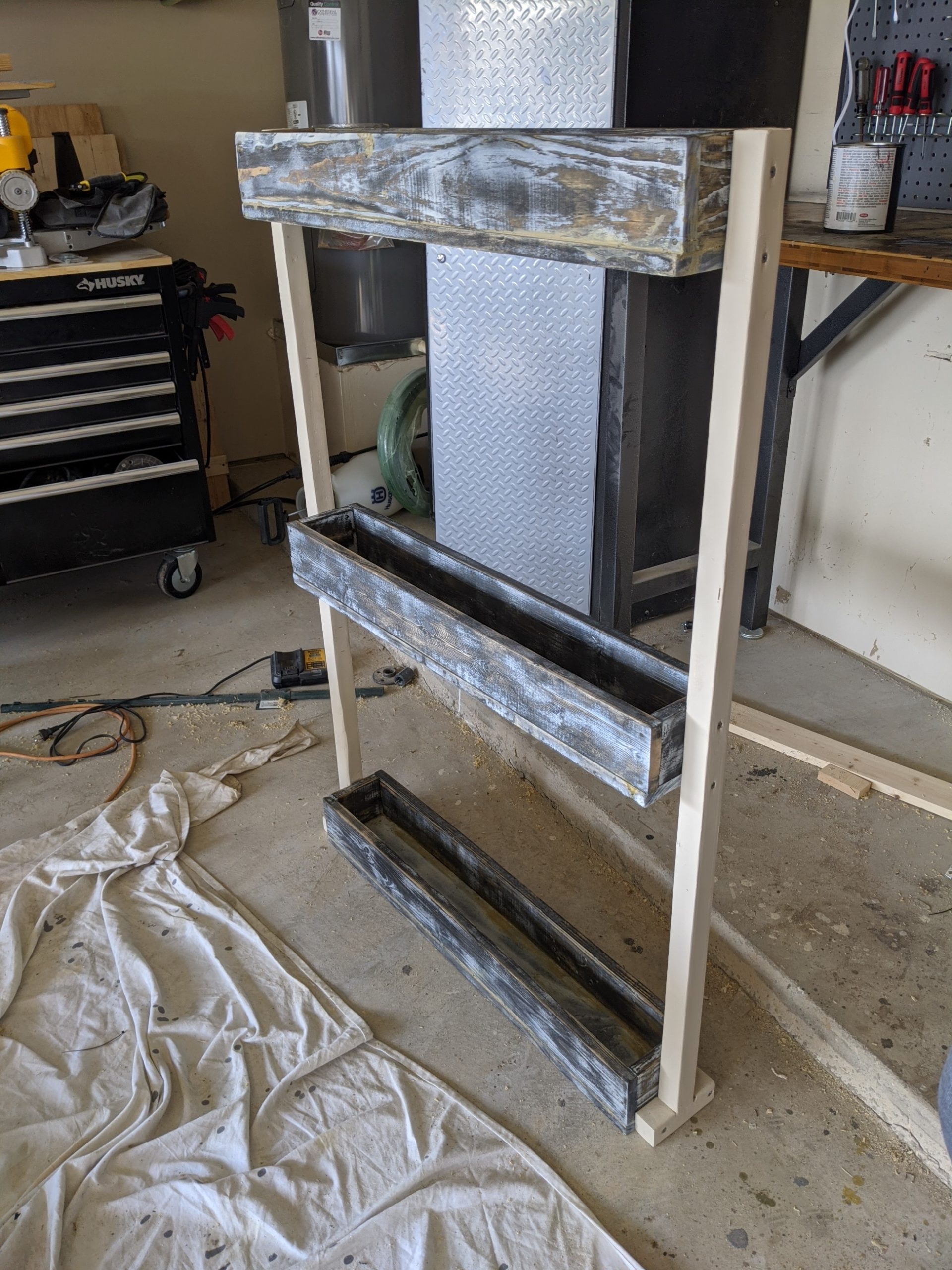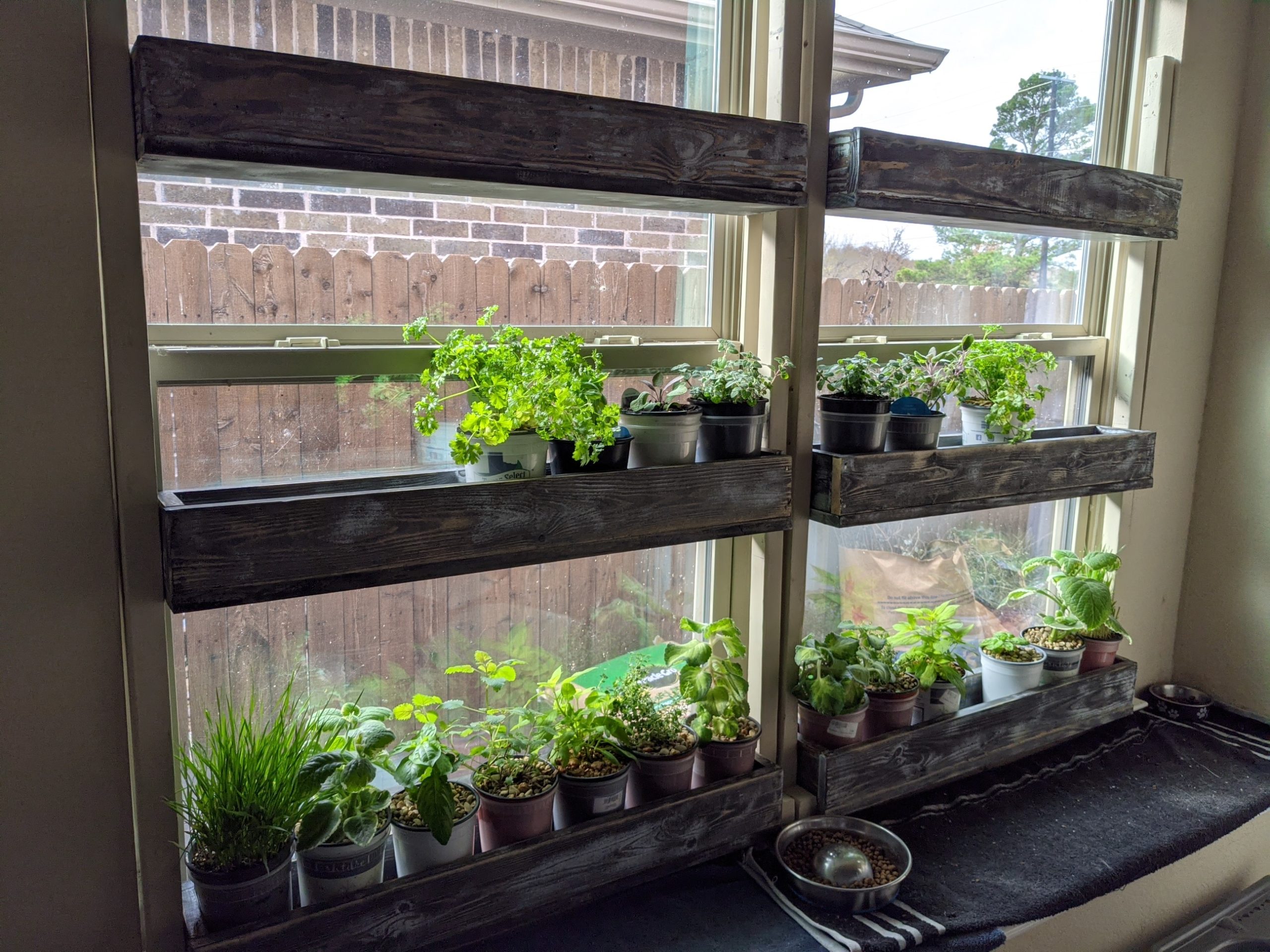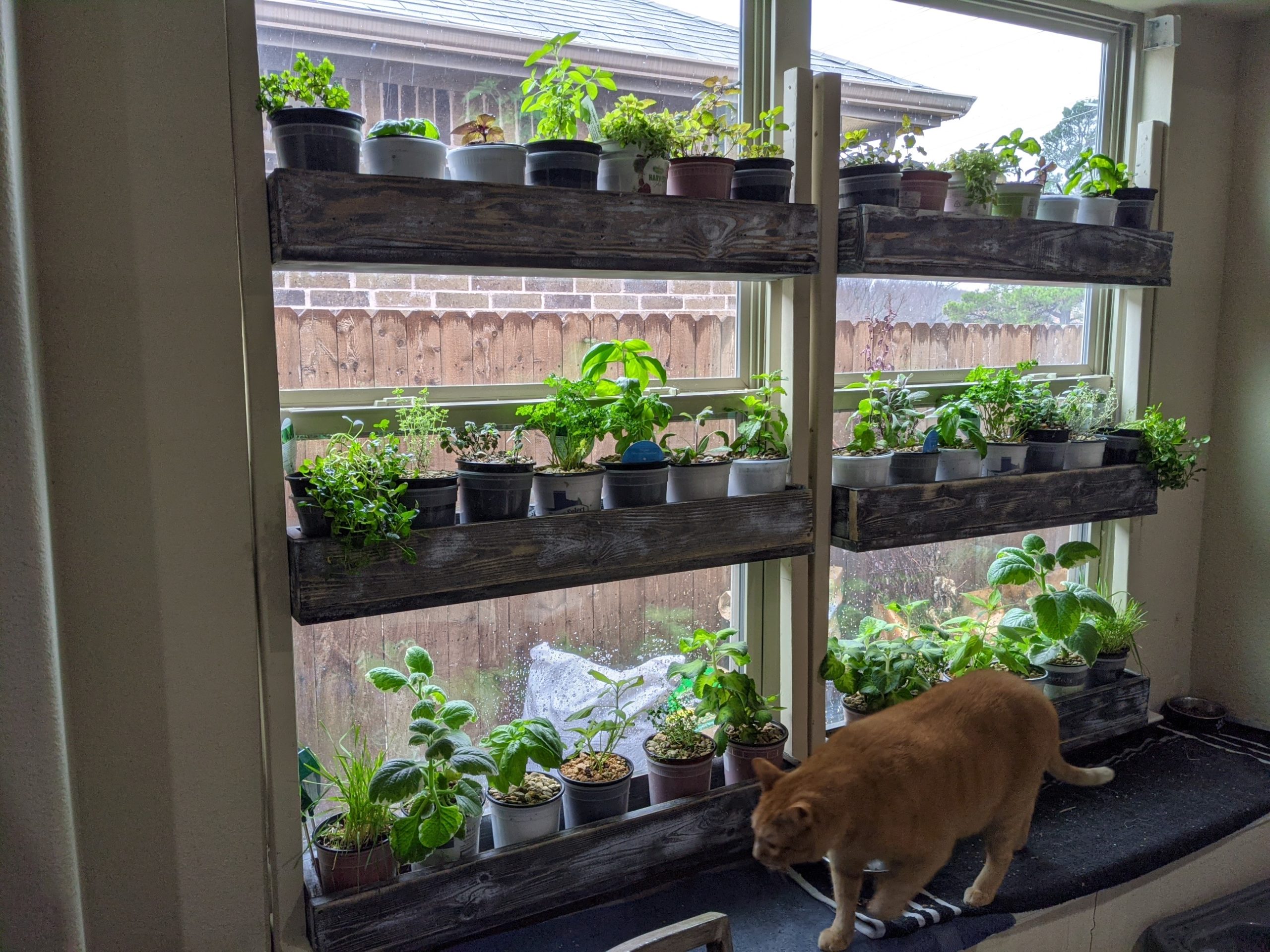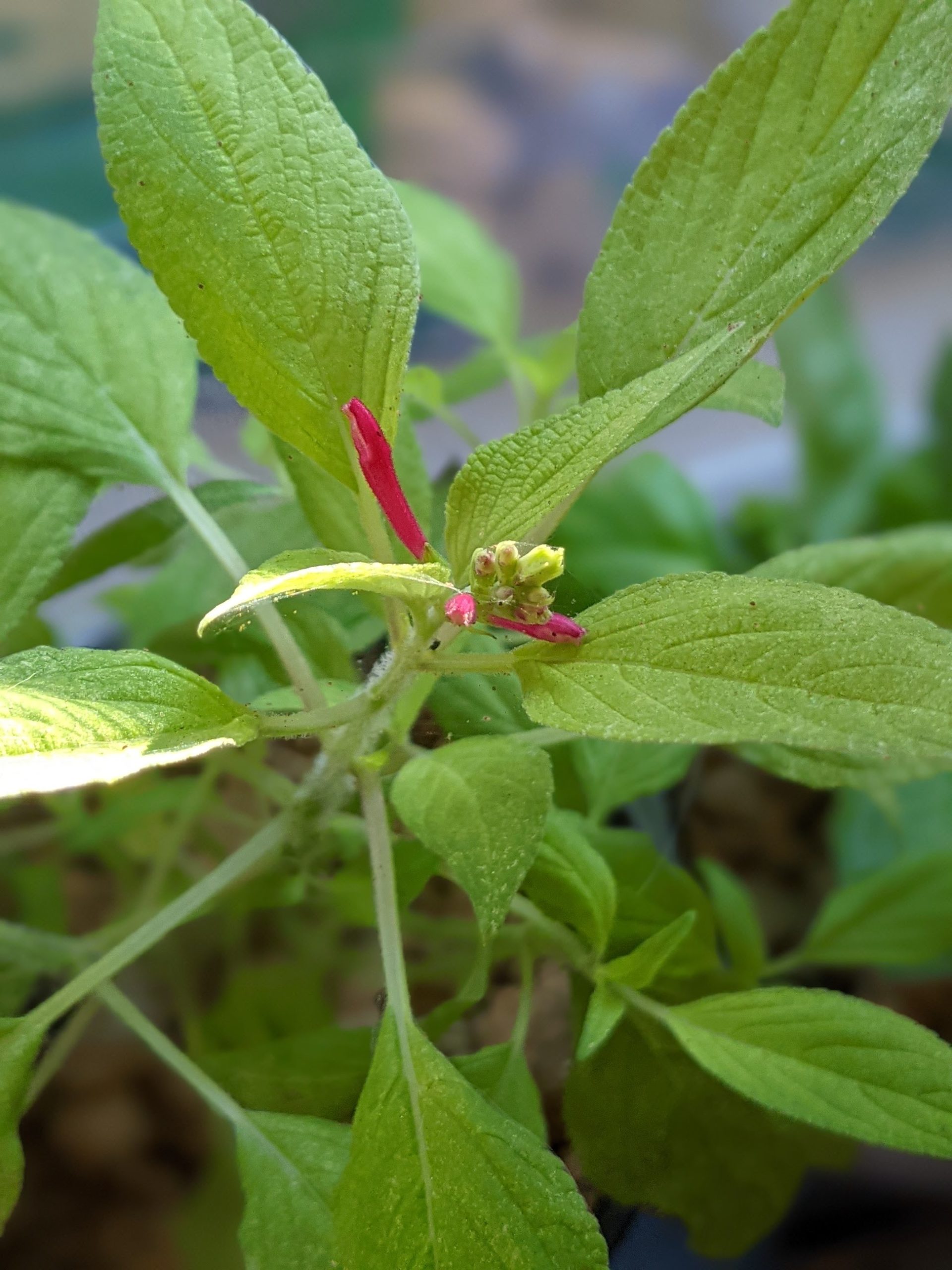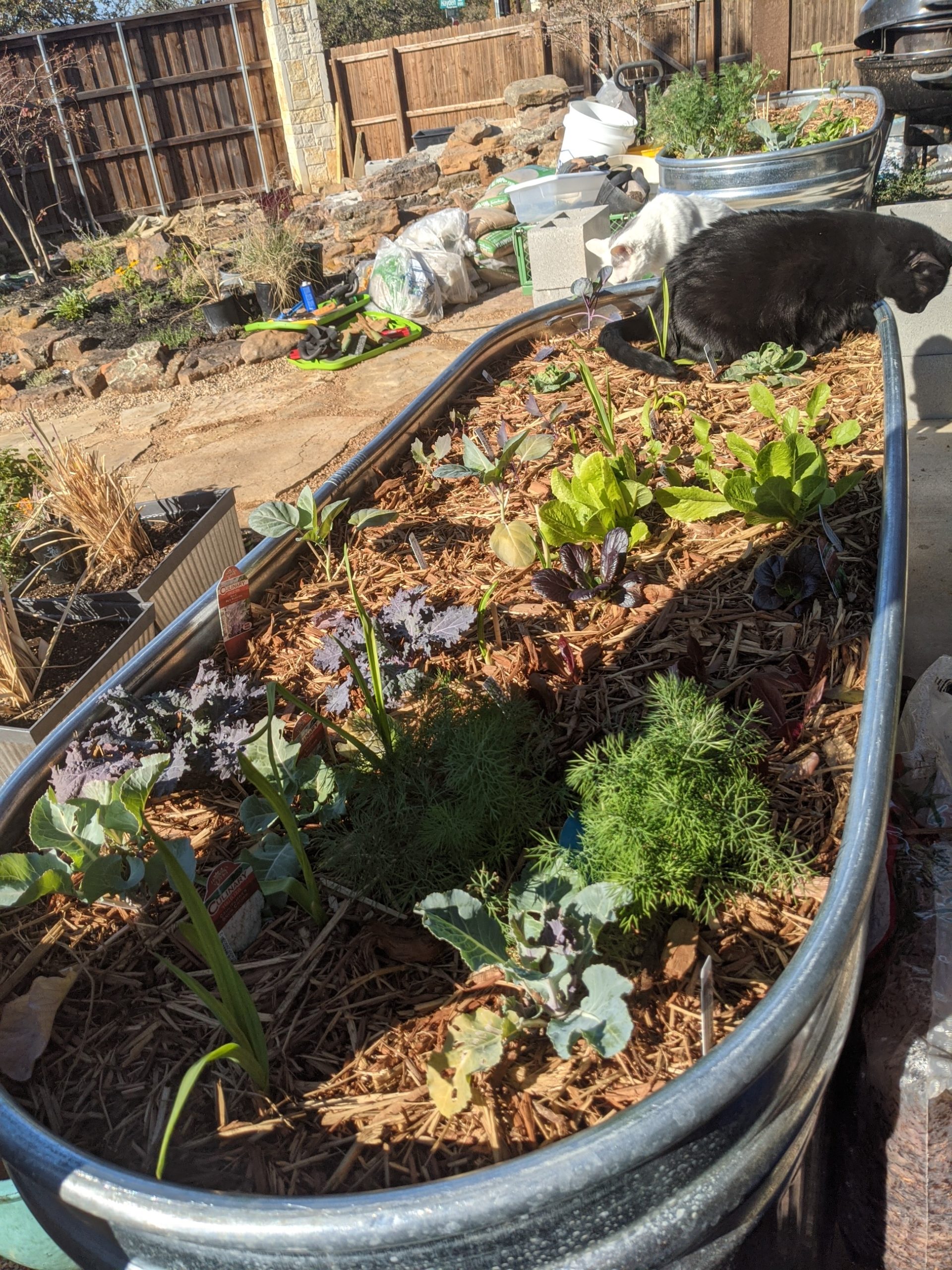In our garage, real estate is a premium. And no matter how much I emphasized to the DH that the garage is a shared space, inevitably his tools and projects encroach on my grow space.
To be fair, the number of plants in the garage was growing exponentially with each seed starting venture. I had potted plants huddled under grow lights on the ground, and navigating through the garage was like running an obstacle course.
The only way that I could organize is to go up. I spent weeks planning my vertical grow rack build, with a majority of that time researching LED lights. Earlier this month, the parts to my vertical build started arriving.
First was the rack itself. I needed something mobile, heavy duty, with shelf space measuring 2′ x 4′. This size would ensure that I could fit up to quantity 4 1020 seed starting trays.
While I have several metal wire racks that I’ve purchased over the years to store comic books and my workout equipment, I needed to make sure that this plant rack would be able to support at least 2 sets of grow lights, the electrical bar, and a host of potted plants. I’m thinking at least 200-300 lbs of supported weight per shelf would be the minimum.
I decided on the Trinity PRO 4-Tier Rolling Steel Wire Garage Storage Shelving Unit from Home Depot. It’s described as a commercial rack, and I can attest to it’s well-built and sturdy construction. It has a nice anthracite black powder coat finish, though time will tell how long the finish will last in the heat. Also, the rack is very tall so it took a ladder and some muscle for me alone to erect the top shelf. For future note, I would say a rack of this size will need 2 people to complete.
I added these Gorilla Grip heavy duty 24 x 48 inch shelf liners I found on Amazon to the rack. I wanted to make sure that water wouldn’t overflow, trickle down and possibly damage the LED lights I planned to suspend underneath the shelves.
Now on to the fun part. I found that the Hyperlite Groplanner O series LED panel system seemed most ideal system for my DIY grow station build, and the best bang for my buck. Now I should note that I’m a hobby gardener more interested in ornamental and vegetable growing. There were TONS of grow light systems that I sorted through online, most geared toward commercial and “medicinal tomato” growers. Many sellers and reviews highlighted premium features such as name brand LEDs (Samsung), high end drivers (Mean Well), and boasted of high umole efficacy and PPFD/PAR ratings, alongside convenient functions such as dimmer controls and daisy-chaining.
Once I got all the competing brands and models into a spreadsheet, crunched some numbers, and compared the different feature sets, I decided the Groplanner LED system looked best on paper. I purchased the 2-panel 300W system to light the bottom rack where my peppers and potted lavender plants would be housed. Eventually I installed the lights mid-rack, to provide light to my starter plant trays.
Here are unboxing pictures of the 300W system. It came very well packed with all the accessories and hanging hardware I could need. The instructions were a bit too much on the fine print, but thankfully I found the assembly instructions posted online.
I can’t say with any confidence that a 2 light system will cover a 2×4 area at a height of 12-16″ so it is very likely I’ll be looking to expand to a third module.
Since I may be using the middle shelf to start seeds, I will be purchasing some 2×4 heat mats. I also plan on getting a full size garden tray to hold my potted plants; the seed starting trays I’m using now make it harder to organize the bottom shelf and fit all my potted plants.
More to come…
